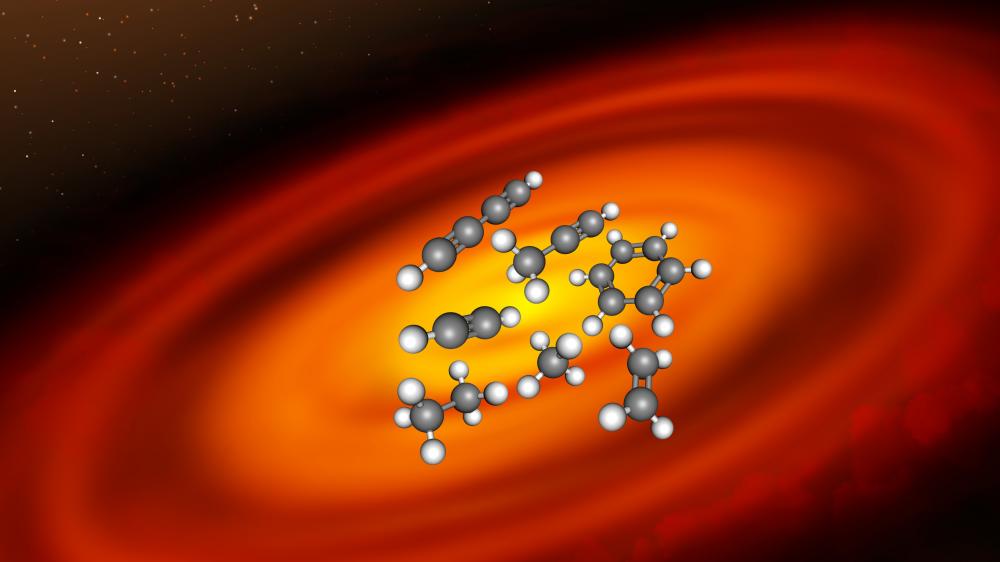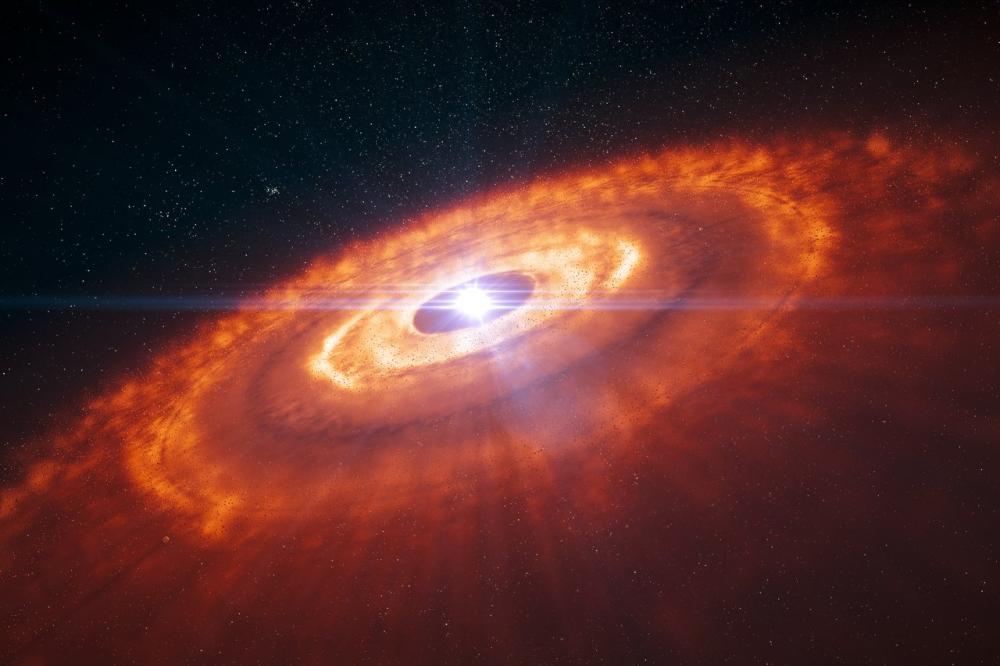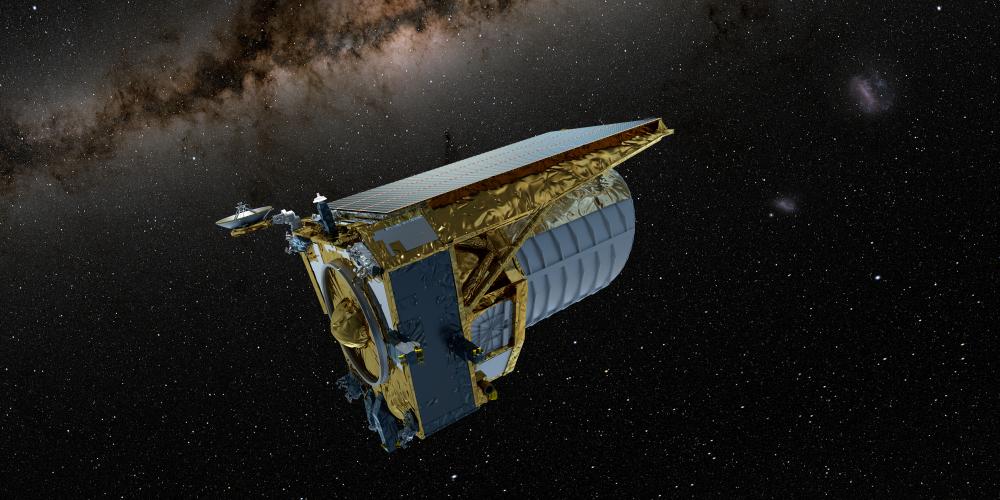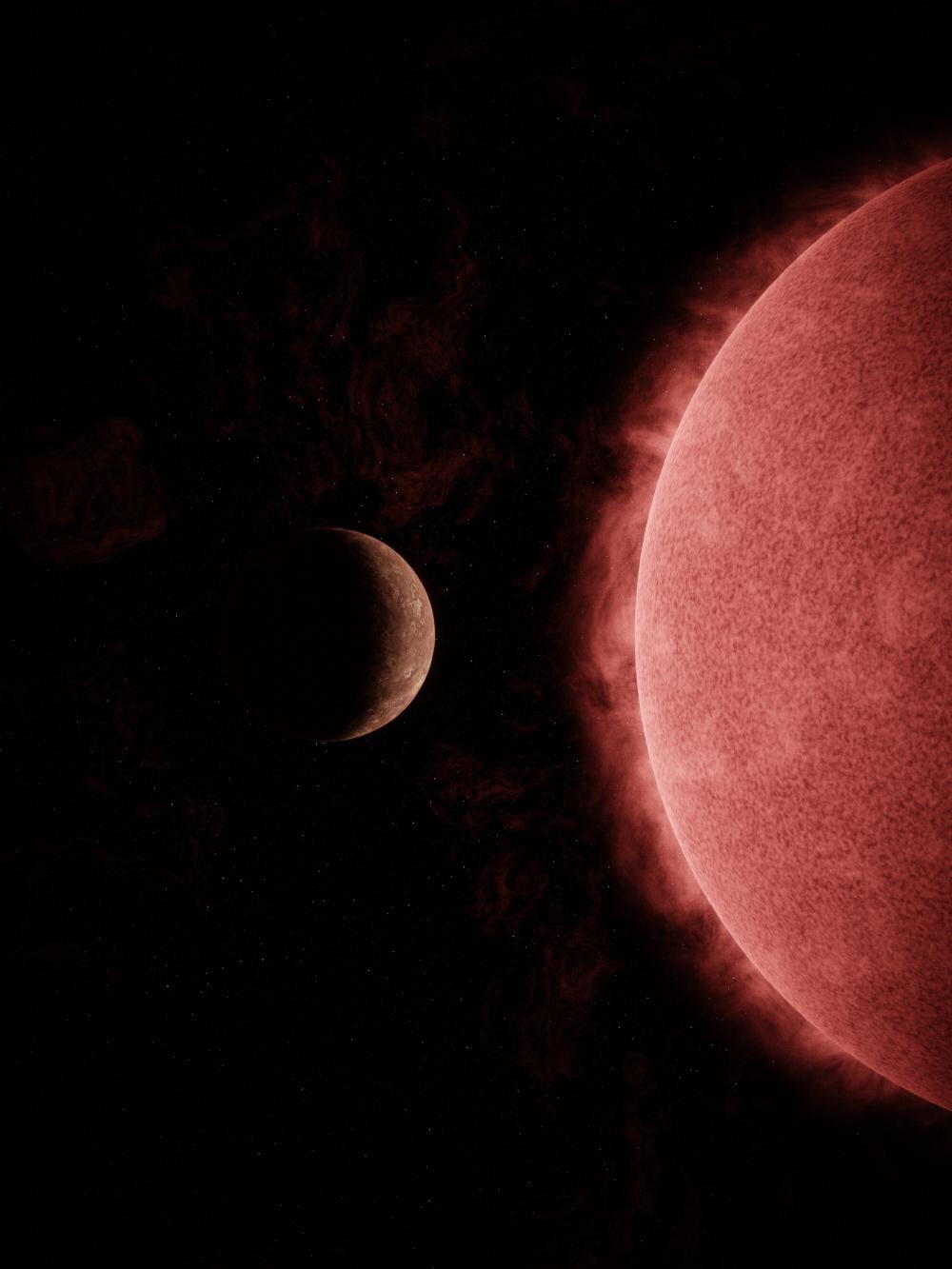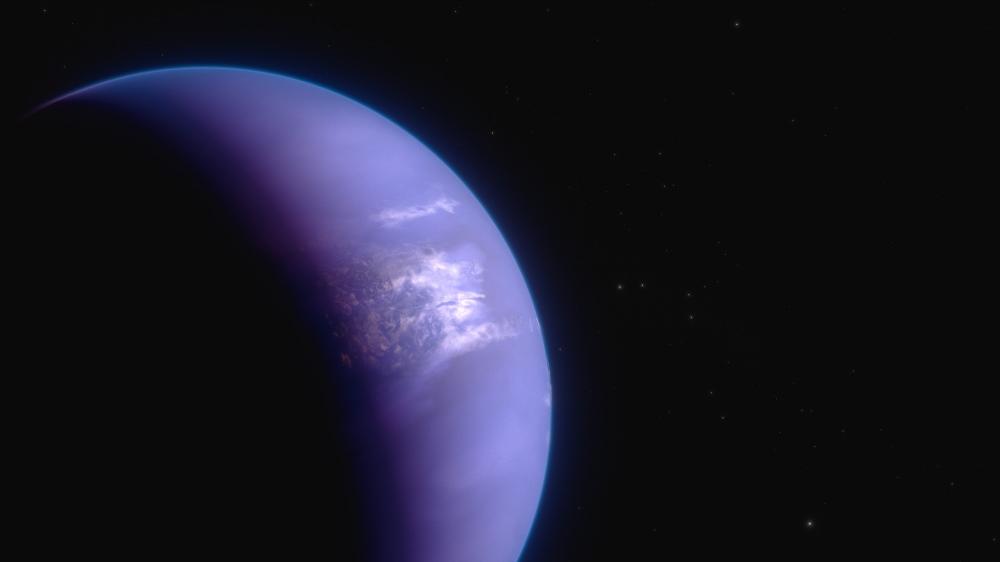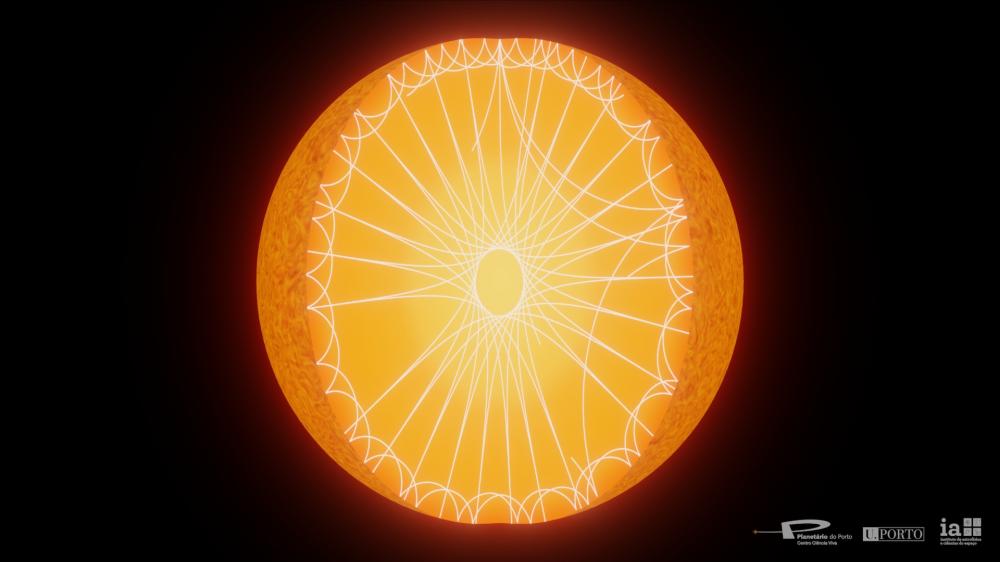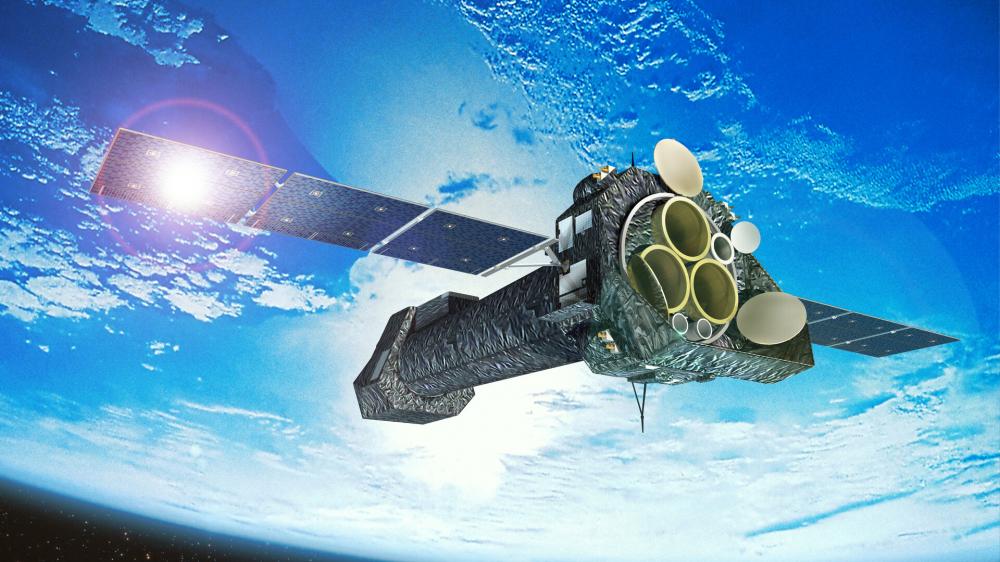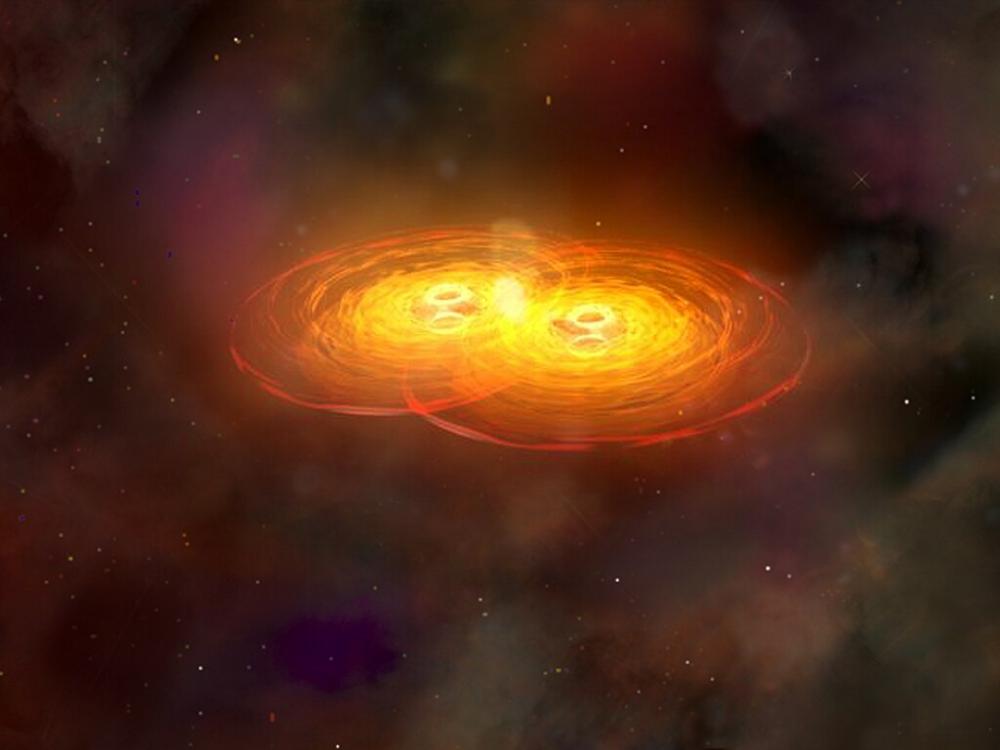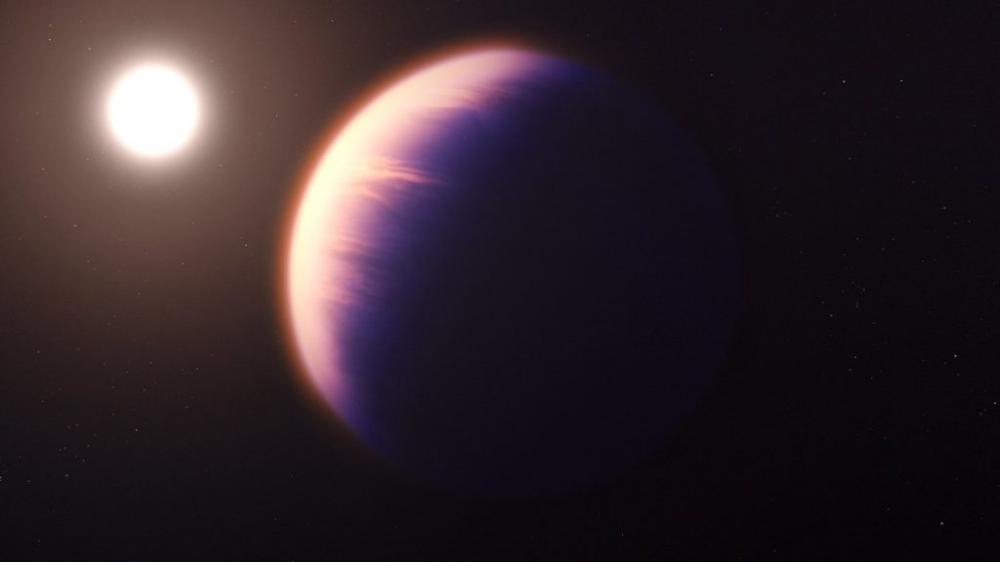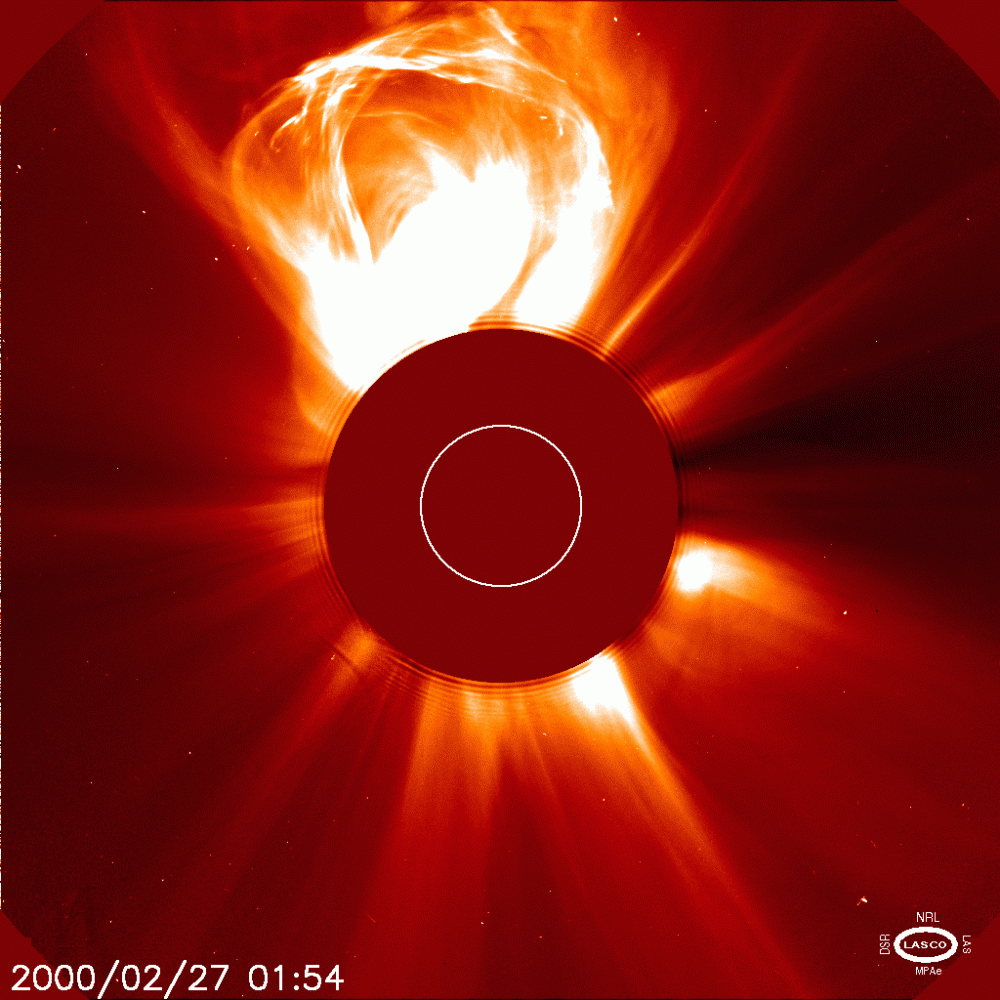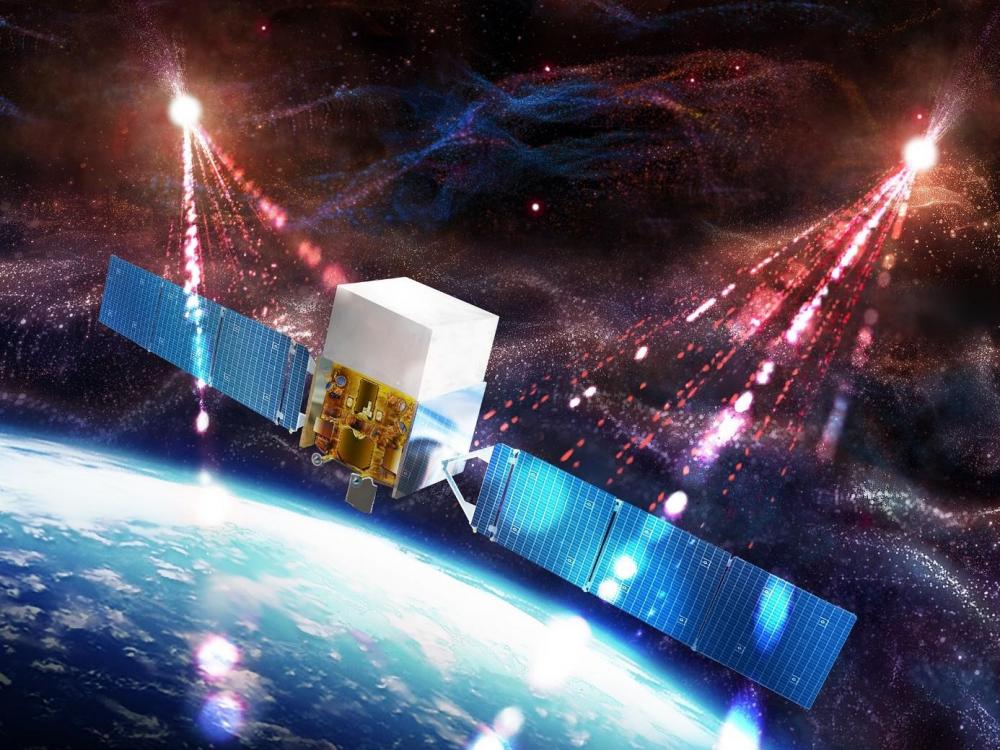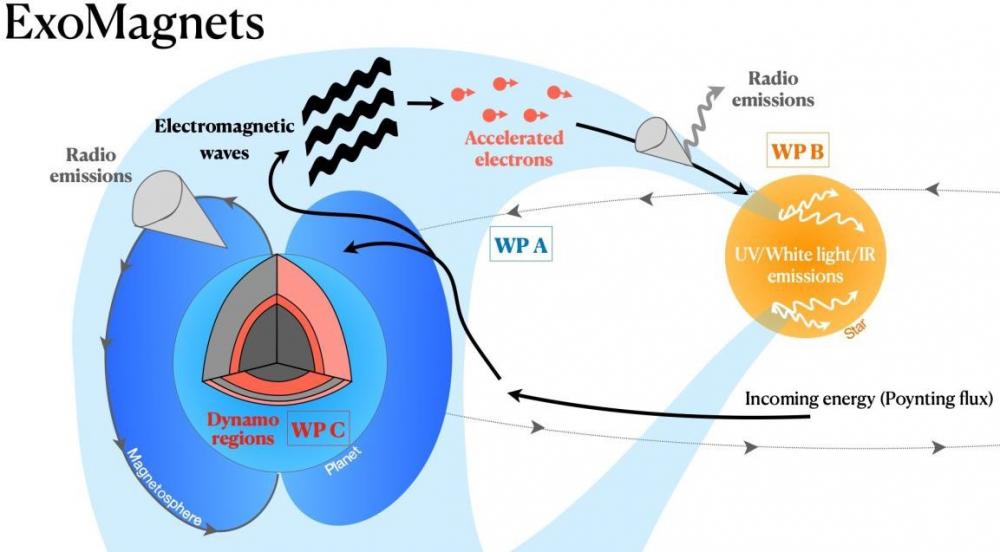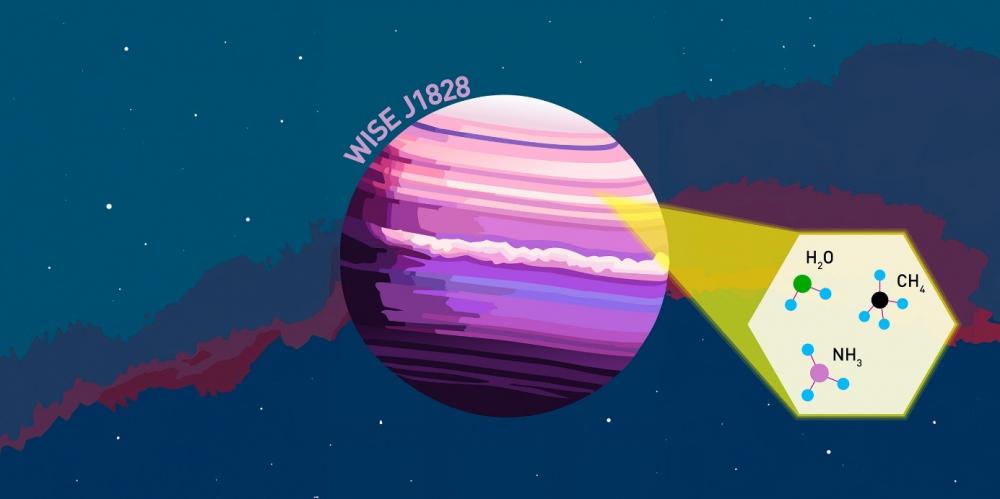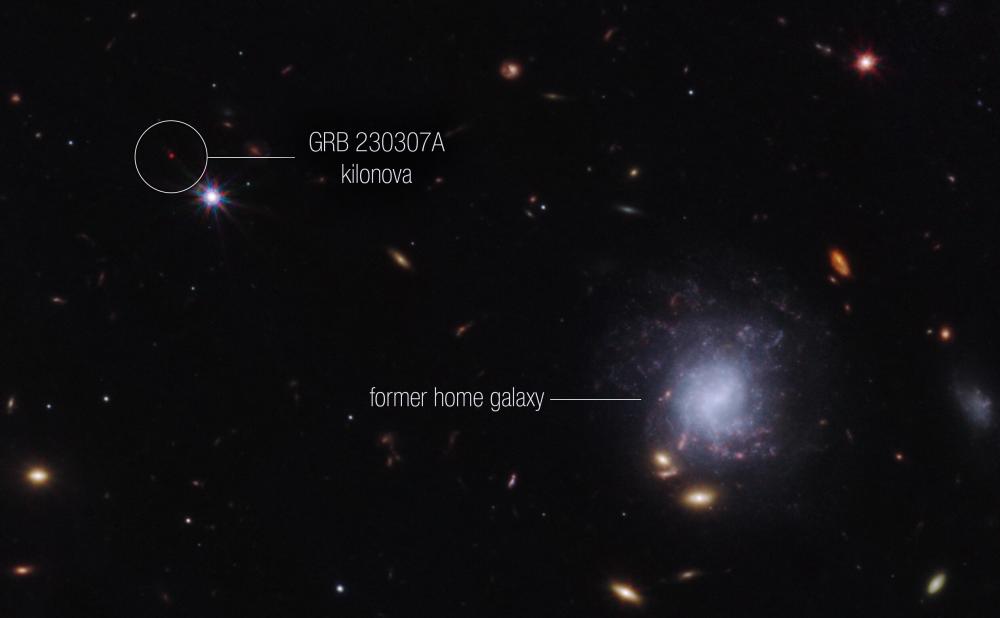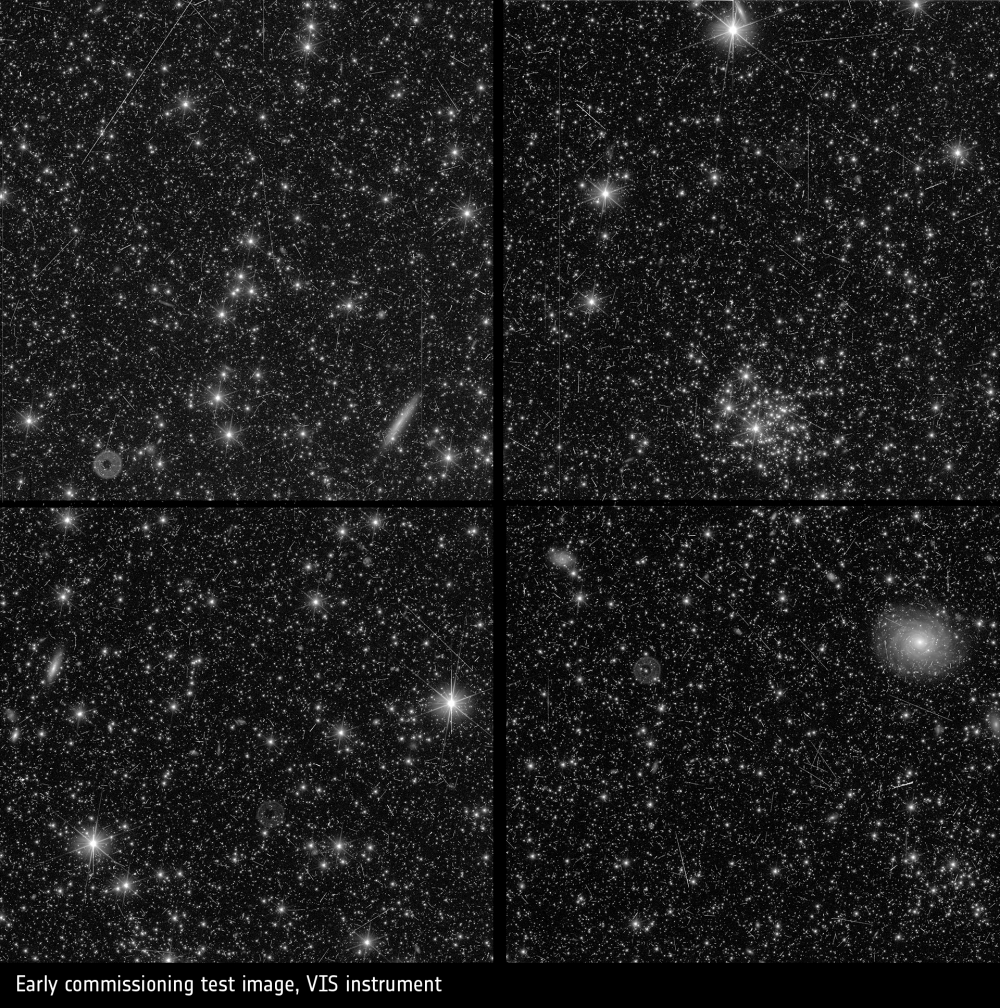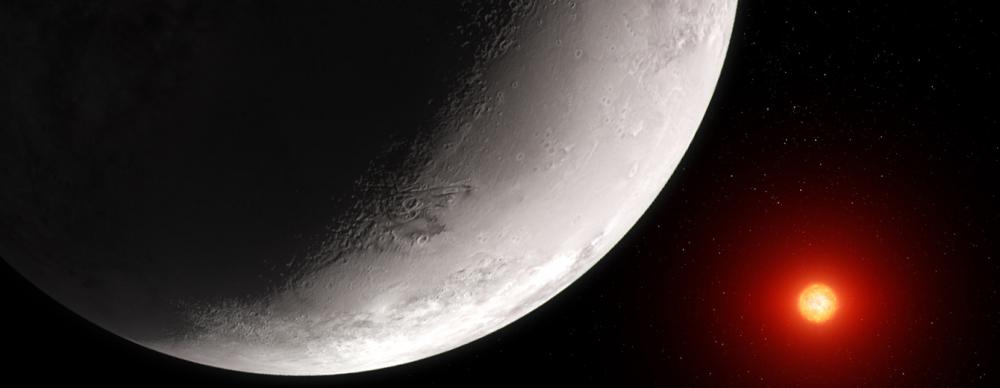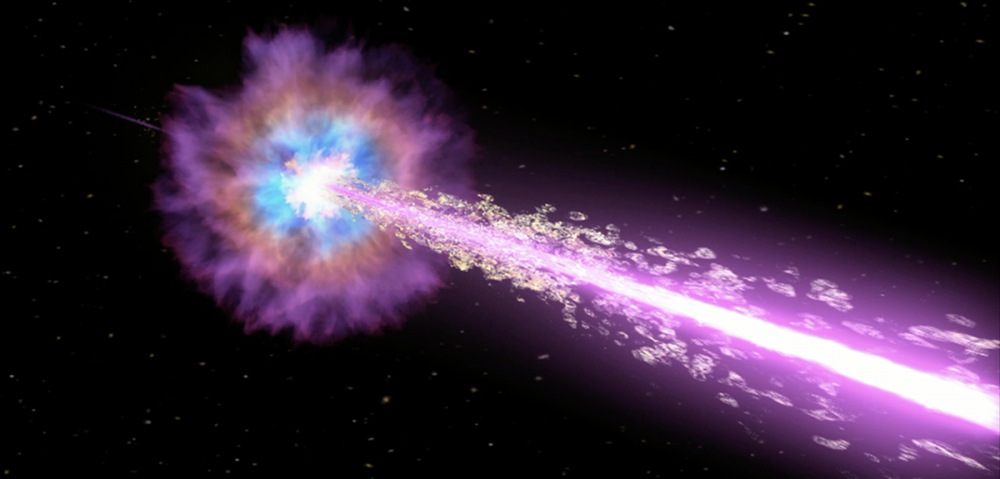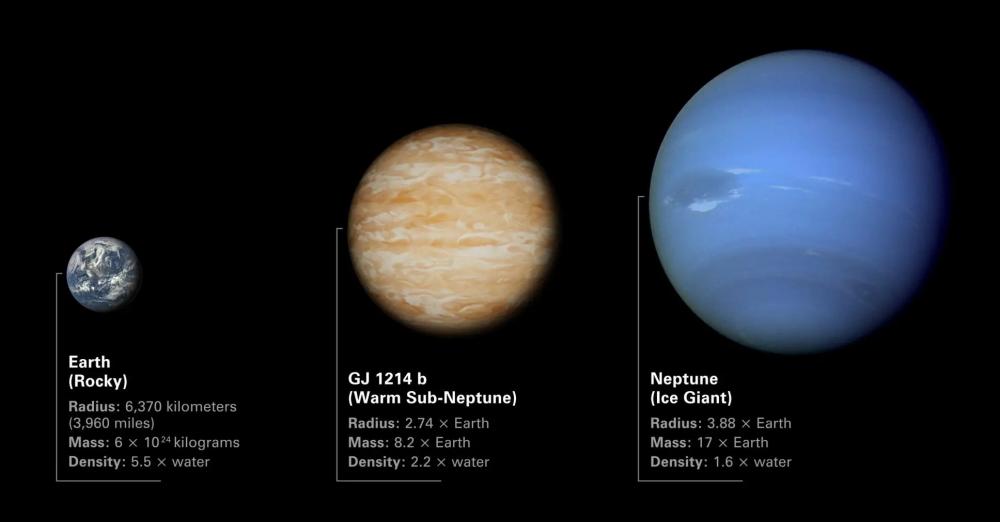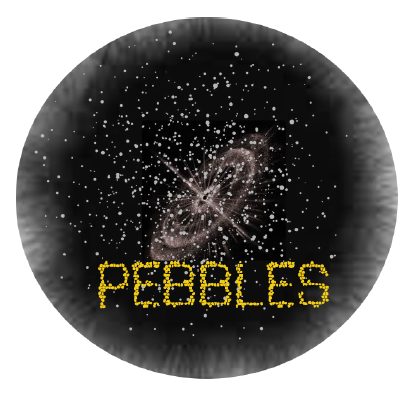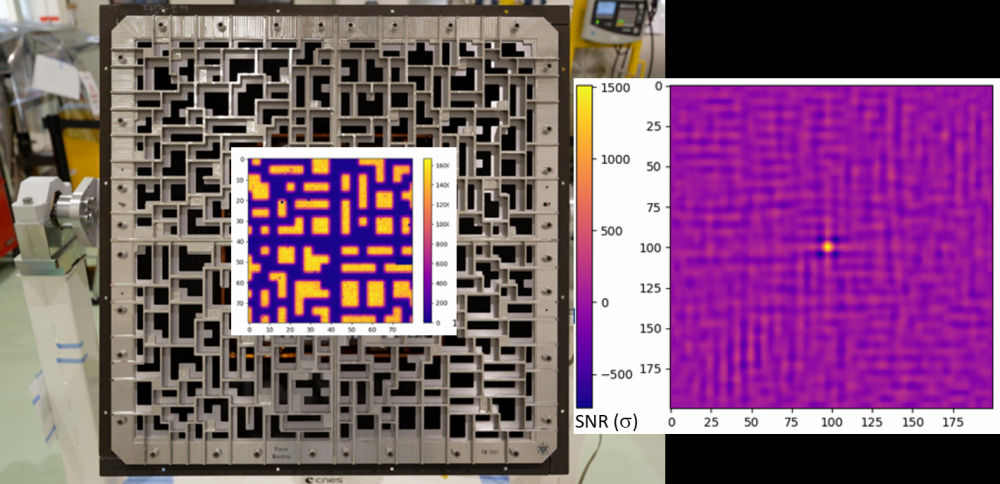Jun 14, 2024
An international research team, including scientists from CEA, has just revealed the chemical composition of a disk of matter rotating around a young star, where new planets are forming.
May 28, 2024
A team of theorists from the CEA's Astrophysics Department (DAP), working within the Laboratory for Modeling Astrophysical Plasmas (LMPA), have carried out simulations using the CEA's supercomputers, with the aim of understanding the formation of stars and protoplanetary disks.
May 23, 2024
The Euclid collaboration today publishes five reference papers on the mission and ten scientific papers based on the first images unveiled to the public in November 2023, as well as the new images presented today by ESA.
May 15, 2024
Although significantly more common in the Universe, ultra-cool dwarf stars remain poorly understood due to their low luminosity.
May 03, 2024
An international team of researchers, including members from CEA, utilized NASA's James Webb Space Telescope to map the weather of the hot gas giant WASP-43 b.
Mar 27, 2024
An international team, including the Astrophysics Department of CEA-Saclay, led by the Instituto de Astrofísica e Ciências do Espaço (IA), utilized one of the world's most advanced spectrographs to detect the smallest "stellar tremors" ever recorded in an orange dwarf star, making it the smallest and coldest star observed to date with confirmed solar oscillations.
Mar 20, 2024
UPDATE [03/26/2024]: The optics de-icing procedure has been a success!
UPDATE [03/26/2024]: Euclid's optics de-icing procedure has produced much better results than expected. The main suspect in the blurred vision of Euclid's VIS instrument was the coldest mirror behind the telescope's main optics.
Mar 05, 2024
After being awarded the 2020 Tate Prize for International Leadership in Physics, astrophysicist Dr.
Feb 28, 2024
XMM-Newton's energetic universe joins forces with the Euclid satellite's vision of the sky.
Jan 25, 2024
ESA's Scientific Program Committee has adopted the LISA mission, giving the go-ahead for construction of the instrument and satellites. For the first time, LISA will observe the Universe through gravitational waves from space.
ISA (Laser Interferometer Space Antenna), the European Space Agency's large-scale mission to explore the Universe by observing the many sources of gravitational waves, was adopted on Thursday January 25 by ESA's Scientific Programs Committee, meaning that the concept and technology are recognized as sufficiently advanced for construction of the instrument and satellites to begin.
Jan 22, 2024
The James Webb Space Telescope has produced a new portrait of the atmosphere of exoplanet WASP-39b, a "hot Saturn" some 700 light-years away.
Jan 17, 2024
To unravel this mystery, several teams with diverse skills from the Astrophysics Department had to come together, as the architecture that unites the star to its planet is highly complex.
Dec 21, 2023
NewAthena, a pioneering X-ray observatory, will enable us to make major scientific progress in our understanding of the hot and energetic universe.
On November 8, 2023, ESA's Science Program Committee (SPC) approved the evolution of the Athena (Advanced Telescope for High-Energy Astrophysics) mission, now named NewAthena, and confirmed its status as the flagship mission of ESA's Cosmic Vision program.
Dec 18, 2023
Barbara Perri, an astrophysicist at Irfu's Astrophysics Department and an expert in space weather, has been awarded an ANR contract for the WindTRUST project, which aims to predict solar activity in order to protect against it.
Nov 27, 2023
The majority of the 3400 known pulsars are "seen" in radio waves, and are located in the Milky Way. The 340 pulsars seen in gamma-rays all share the common feature of being among the 10-15% most powerful pulsars.
An international team led by French researchers, including those at DAp, publishes on November 28, 2023 in the Astrophysical Journal a compilation of 340 pulsars seen in gamma rays (30 MeV - 30 GeV) with the LAT space telescope on NASA's Fermi satellite.
Nov 22, 2023
ExoMagnets aims to develop new theories and high-performance simulations using future exascale computing infrastructures in order to exploit existing and future observations of the magnetism of distant exoplanets.
Antoine Strugarek, an astrophysicist in Irfu's Astrophysics Department, has been awarded an ERC Consolidator contract.
Nov 15, 2023
The consortium of laboratories that has developed the MIRI instrument for the JWST is benefiting from guaranteed observation time.
Nov 08, 2023
ESA has selected THESEUS, a mission dedicated to the transient and multi-messenger Universe, for a feasibility study for its next medium sized mission. IRFU will play a leading role in this, with the responsibility for the IRT telescope.
ESA has selected the THESEUS (Transient High Energy Sky and Early Universe Surveyor) mission as a medium-sized mission candidate.
Nov 07, 2023
This series of five images demonstrates the satellite's exceptional performance for its cosmological mission!
To reveal the influence of the dark components of the Universe, over the next six years Euclid will be observing the shapes, distances and movements of billions of galaxies.
Oct 24, 2023
Study of the second-brightest gamma-ray burst ever observed reveals tellurium, an element rarer than platinum on Earth
An international team of scientists, including a researcher from Irfu's Astrophysics Department, used several space and ground-based telescopes, including the James Webb Space Telescope and the European Southern Observatory's Very Large Telescope, to observe an exceptionally bright gamma-ray burst detected on March 7, 2023, GRB 230307A, and identify the neutron star merger that generated the explosion responsible for the burst.
Oct 10, 2023
For the 17th edition of the Prix Jeunes Talents France, the L'Oréal Foundation rewarded 35 brilliant young female researchers in France, selected from 618 eligible applications by a jury of excellence comprising 32 researchers from the French Academy of Sciences.
Sep 26, 2023
Fermi-LAT telescope continues systematic γ-ray survey
NASA's Fermi satellite was launched in June 2008, and the Fermi-LAT telescope has been carrying out a systematic γ-ray survey of near-GeV energies covering most of the sky every 3 hours (and the whole sky in no more than a week) since August 2008.
Jul 31, 2023
Euclid's two instruments have captured their first test images. These fascinating results indicate that the space telescope will achieve the scientific objectives for which it was designed, and perhaps even more.
The Euclid satellite, launched from Cape Canaveral on July 1st, is traveling to reach its orbit at the second Lagrange point, which it should reach in early August.
Jun 20, 2023
Using the James Webb Space Telescope, a group of astronomers led by MPIA, in collaboration with a team from the Astrophysics Department of CEA Paris-Saclay, searched for an atmosphere on the rocky exoplanet TRAPPIST-1 c.
May 11, 2023
On October 9, 2022, at 13:16 and 59.99 seconds, a gamma-ray burst (GRB) dazzled almost all the X-ray and gamma ray detectors available at the time.
May 10, 2023
Discovered in 2009, exoplanet GJ1214b orbits a small star just 40 light-years away. With a mass around six times that of Earth and an atmosphere made up of hydrogen and helium, it is considered a "mini-Neptune".
Mar 30, 2023
The European Research Council has just announced the names of the winners of the Advanced Grant.
Mar 27, 2023
An international team of researchers has used NASA's James Webb Space Telescope to measure the temperature of the rocky exoplanet TRAPPIST-1 b.
Mar 17, 2023
Magnetars are neutron stars known for their wide variety of electromagnetic emissions coming from the dissipation of their extreme magnetic fields, which are the strongest known in the Universe and can reach 1015 Gauss, or 10 billion times that of the strongest magnet created by humans.
Feb 28, 2023
CEA has delivered the flight version of the ECLAIRs onboard software to CNES after 6 years of development.
CEA has delivered to CNES the flight version of the ECLAIRs instrument software for the SVOM satellite.
